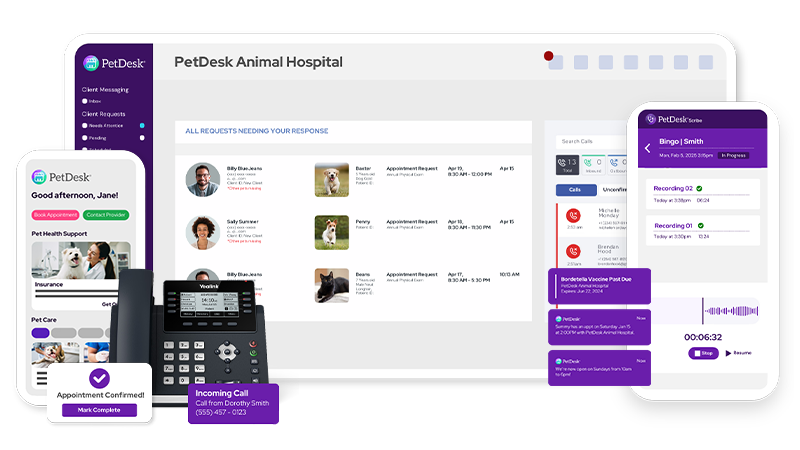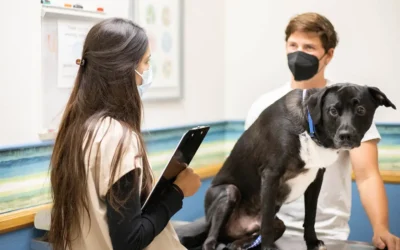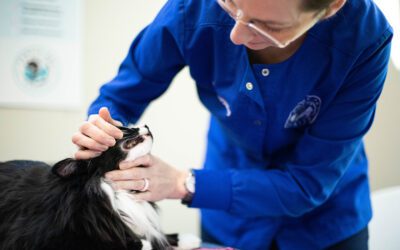the petdesk blog
Pet Healthcare
Stay informed on trends and treatments that support better health outcomes for pets.
The Science Behind Service Dogs: How They Improve Mental Health and Emotional Well-Being
In our fast-paced world, many people battle stress, anxiety, and even...
Canine Behavior Problems: How to Address Separation Anxiety in Dogs
As pet owners, we love spending time with our furry friends. But, there...
Is Pet Insurance Worth It?
Pet insurance is becoming more commonplace in households all around the...
Pet Safety Around Fireworks & Independence Day: A Quick and Easy Guide for Veterinary Professionals
The excitement and festivities surrounding Canada Day and the 4th of July...
5 Ways to Help Your Clients Avoid Summer Pet Emergencies
As temperatures rise, so does the risk of pet emergencies. Heatstroke,...
7 Ways to Protect Your Pets Against Fleas and Ticks
As the weather gets warmer, it's important to take steps to protect your...
Common Dental Health Issues in Pets
Dental disease is more prevalent than most pet parents realize. Studies...
The Importance of Dental Cleanings for Pets
Dental problems in pets quickly lead to other health issues if left...
Are You Ready for a Pet?
Being a pet parent comes with a lot of responsibility, and while the...
How to Pick a Good Boarding Facility for Your Pet
Researching a good boarding facility for your pet can be overwhelming, so...
Is Your Pet’s Poop Normal? Why Gut Health Matters
A healthy gut is often associated with an essential process like...
Let’s Talk About Poop
What’s the scoop on poop? Detox with the November content pack. This...















